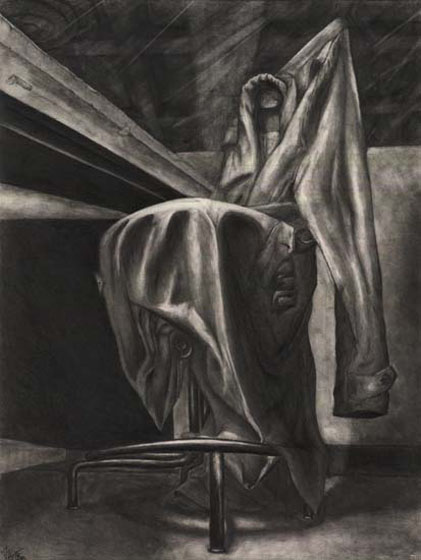Jin-Roh is a story of power, love, and belonging.
For a film based on an ultra-armored police unit, the pacing is contemplative, with atmospheric lingering shots, even during a riot.
Of course, there are moments of intense violence. But it’s ultimately about a man finding his place in society – an authoritarian society whose peacekeepers struggle with their humanity.
I’d write more, but I don’t dare spoil it. Highly recommended.
䷀䷙
The movie is part of a wider fictional universe, but it doesn’t require any prior knowledge, though it helps to know that it’s set in an alternate history post World War 2 Japan that had allied to the Americans but lost to the German occupation.
Jin-Roh is a classic along better known anime films such as Ghost in the Shell and Perfect Blue. In a DVD world, I most would have bought a copy of it. Nowadays it’s free on tubi.tv. That said, I’ve been told to avoid the widely panned Korean live-action adaptation.
